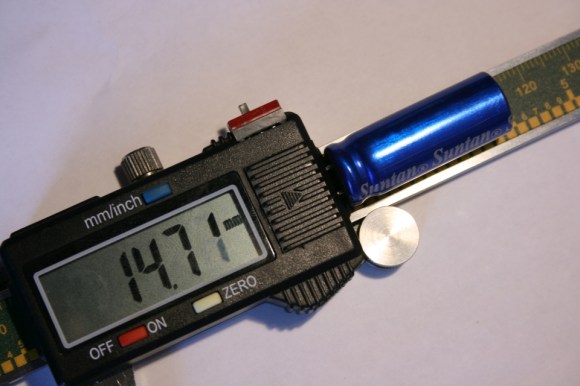We know a lot about toggling bits in a register, but only a bit about how engines work. This one inspires us to throw ourselves into the field with reckless abandon. [Huib Visser] built this glass cylinder four-stroke engine and he took great care to make it beautiful. We don’t need our projects to be polished and gleaming, but we have to admit that this the opposite of what we see when popping the hood on our 12-year-old rust bucket out front.
You can’t see it in this image, but just on the other side of the fly-wheel is a smaller wheel with a cord wrapped around it that acts as the pull start. This gets the toothed timing belt going along with the cylinder. As part of the demo video we get a good look at how the rotary intake and exhaust valves work. [Huib] also took the time to demonstrate how the rare earth magnets and hall effect sensor reed switch synchronize the ignition system.
You won’t want to miss the end of the video which show it in action as It burns Coleman fuel (white gas) and is lubricated with WD-40. This is jaw dropping and it works like a charm, but still not that far removed from the concepts seen in [Lou’s] hardware store engine project.
UPDATE: Here’s write up this engine (translated) [Thanks ChalkBored]
Continue reading “Four-stroke Engine With Glass Cylinder Is A 2400 RPM Piece Of Art”

















